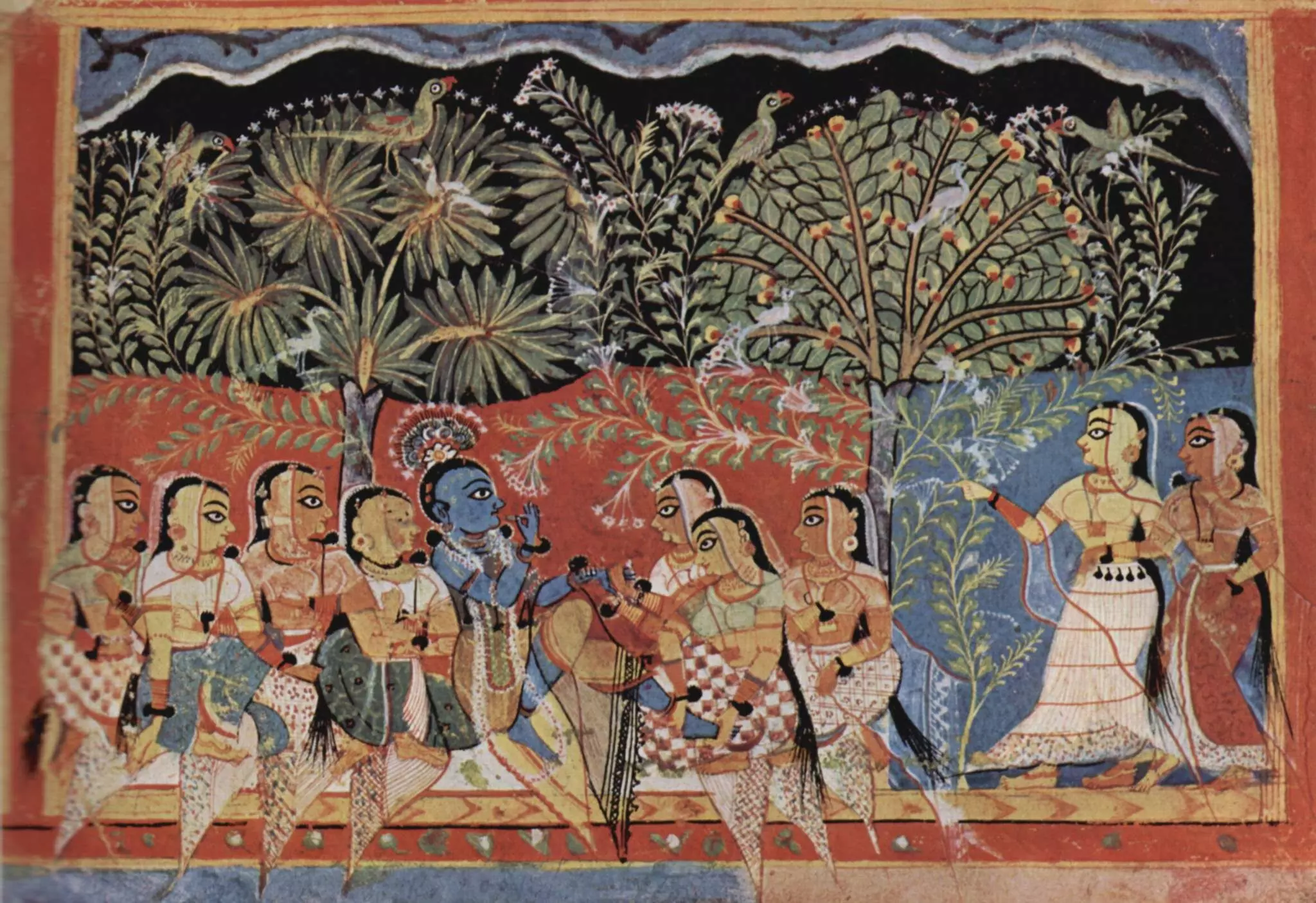Fading prestige
India’s extraordinarily rich folk art, reflective of the country’s culture, is in dire need of documentation to avoid isolation from the larger population

India is home to some of the world's most beautiful cultural symbols. The people of India are diverse, with a rich cultural heritage. Traditional literature, traditional arts and crafts, music, visual arts, ceremonies, traditional beliefs, traditional architecture associated with specific sites, as well as forms of traditional knowledge related to traditional medicines and traditional medical practices, agriculture, forest management, conservation, and sustainable use of biological diversity, are examples. As a result, traditional knowledge and cultural expressions are a body of knowledge vital to the day-to-day life of local communities derived from generations of living in close contact with nature.
Traditions and oral folklore have been used to pass down Indian culture from generation to generation. Indian folk arts are a reflection of Indian culture. It is a form of art created by the people of India for the people of India. Indian traditional art is a manifestation of this country's cultural heritage; gradual isolation from the larger population and craft workers will have an impact on the country's cultural sustainability.
It is difficult to determine a specific date for the emergence of folk and tribal paintings in India. Instead, one should discuss continuities, evolutions, and contemporaneity. Initially, many traditional painters were associated with social ceremonies, painting on the facades of village houses or scrolls as part of a traditional ceremony gesture. Folk art patterns, motifs, techniques, and materials have special meaning and can reveal much about the culture or society it has belonged to. Each piece of art tells a story from the past or the present. Youth today are oblivious to the country's rich and diverse cultural legacy. The need for openness and understanding among people has become paramount
The issue is that these Indian folk arts are dying out as people are not taking them seriously and do not pass them on to the next generation. This is because there are few incentives to keep these Indian folk arts alive. There are also few opportunities for these artists to create their works without competition from dealers and showrooms that sell ready-made products at lower prices.
There are no authoritative definitions or data on the creative economy's size or shape. Social and economic policies are implemented with little regard for the creative economy and those who rely on it. Without timely care and caution, they are at risk of extinction, along with the small number of people and communities who still practise the art.
With technological advancement and changes in social behaviour, India's cultural heritage is becoming isolated from the larger population's day-to-day social activities. Exotic and indigenous Indian folk art forms are usually not shared or promoted on a global scale. The sensible use of technology has the potential to revitalise our cultural heritage by connecting rural India's craft workers with the larger population, who will hopefully become interested in these Indian folk art forms.
Given that current intellectual property rights (IPR) are an ineffective legal framework for protecting traditional knowledge and traditional cultural expressions, there are no mechanisms in place to protect, access, and share benefits derived from traditional knowledge and traditional cultural expressions.
A national platform should be established to document folk paintings in collaboration with practising communities, with a well-organized system for research and publication. In the long run, the young population is most effective at carrying on cultural heritage. As a result, increased collaboration and partnership in the generation, access to, and utilisation of culture and tradition are required.
Art and rural tourism are still not well known among Indian tourists. A very small number of Indian travellers are willing to travel to remote locations, unassuming towns and villages no one has ever heard of, where they get down to the grassroots level, interact with the communities, and discover a world of culture and tradition passed down through generations.
G20 countries such as South Korea, South Africa, Turkey, and Mexico have elaborately documented national strategies and plans for the development and protection of their cultural industries, which can offer insights into some of the innovative models, policy actions as well as common challenges for other countries to learn and work upon. This is a crucial time as India has the G20 presidency and thus it must leverage this opportunity.
The future of Indian Folk Arts is dependent on the support it gets from the government and the general public. Paintings are not about the end result but the stories, efforts, time and skills that go into it. These traditional paintings are windows to our ancient culture and an ideal tool to know about the past and the world around us. The more people appreciate these Indian folk arts, the more artists will strive to create pieces that will be remembered for many generations to come.
The recent report prepared by the Economic Advisory Council to the Prime Minister - "Documenting Traditional Knowledge"- emphasises the importance of this subject, which can also be seen in detail at www.eacpm.gov.in. This series will be an important step in the direction of preserving our cultural heritage and traditional knowledge and regaining our Vishwa Guru status.
Pawan Sain is Joint Secretary, EAC-PM; Akanksha Saini is Young Professional, EAC-PM. Views expressed are personal



